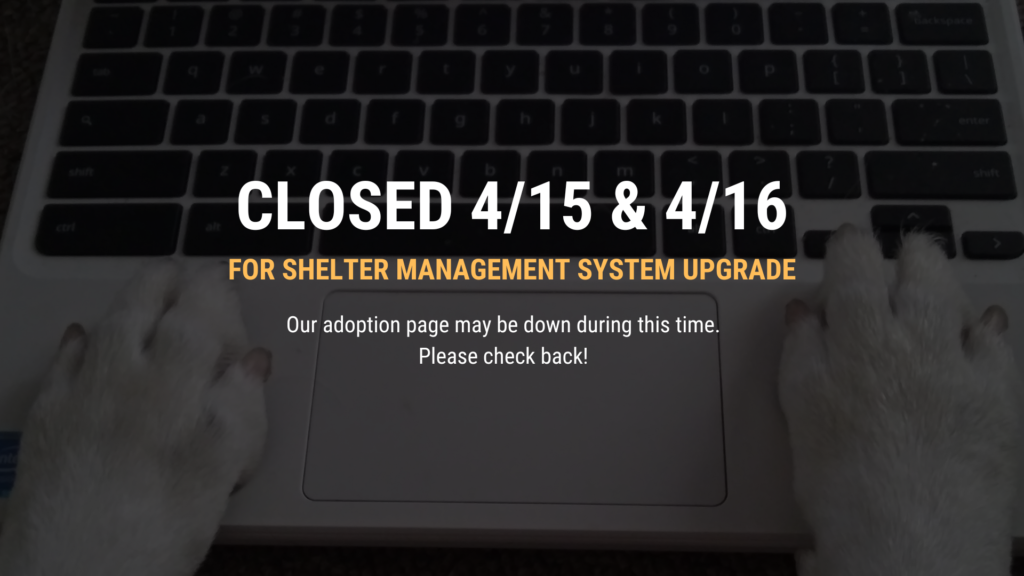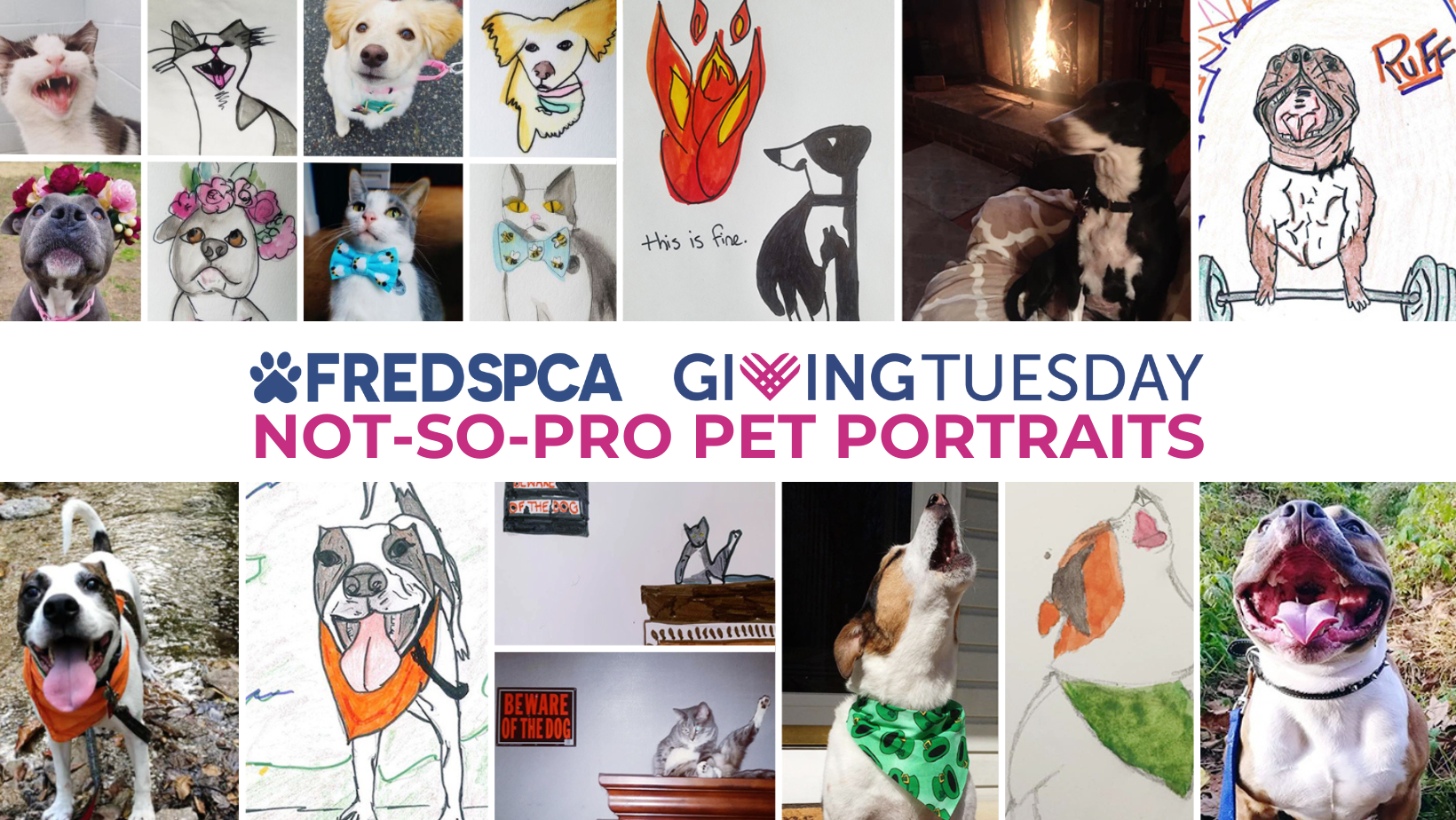
Every year on September 28, the world pauses to recognize World Rabies Day; a global awareness day established by the Global Alliance for Rabies Control (GARC) and recognized by the World Health Organization (WHO). The day shines a spotlight on rabies prevention and control, with the bold but achievable goal of eliminating human rabies deaths by 2030.
Why September 28?
The date honors the anniversary of the death of Louis Pasteur: the French chemist and microbiologist who developed the first rabies vaccine in 1885. Pasteur’s breakthrough came when he successfully treated a young boy who had been bitten by a rabid dog. That single act marked a turning point in the fight against one of the deadliest viruses known to both humans and animals.
Understanding Rabies
Rabies is a fatal viral disease that targets the brain and nervous system. It is most often transmitted through the bite or scratch of an infected animal.
Early symptoms may include fever, headache, fatigue, and loss of appetite.
Advanced symptoms can escalate to anxiety, agitation, and confusion.
Once symptoms appear, rabies is almost always fatal, typically within 7–10 days.
The good news: post-exposure prophylaxis (PEP) a combination of wound care, vaccination, and sometimes rabies immunoglobulin can be lifesaving if administered promptly after exposure.
Prevention Is Key
While rabies is rare in the United States thanks to vaccination programs, it still poses a threat in many parts of the world. Preventing rabies means protecting both animals and humans. Here’s how you can help:
Vaccinate pets regularly. Talk to your veterinarian about when to vaccinate and how often boosters are needed (usually every 1–3 years, depending on the vaccine type and local laws).
Avoid contact with wild animals. Especially bats, raccoons, foxes, and skunks. If you encounter an animal acting strangely; aggressive without cause, disoriented, circling, or lethargic– call animal control immediately. Do not attempt to capture it yourself.
Clean wounds immediately. If bitten or scratched, wash the wound thoroughly with soap and water for 10–15 minutes. This first step dramatically reduces the risk of infection.
Seek medical care right away. Even if the wound looks minor, contact a doctor or go to the emergency room. Rabies exposure requires follow-up care, and medical professionals will coordinate with local health authorities to ensure appropriate treatment.
A Global Goal, A Local Responsibility
Rabies may feel like a disease of the past, but the reality is that it still kills nearly 59,000 people worldwide each year. The tools to eliminate it already exist. It comes down to awareness, access, and action.
This World Rabies Day, join us in spreading awareness, protecting your pets, and helping create a future free from this preventable disease. Together, we can beat rabies.











